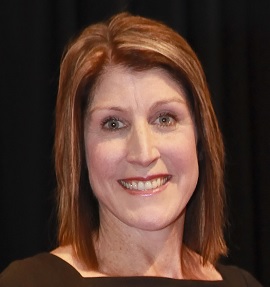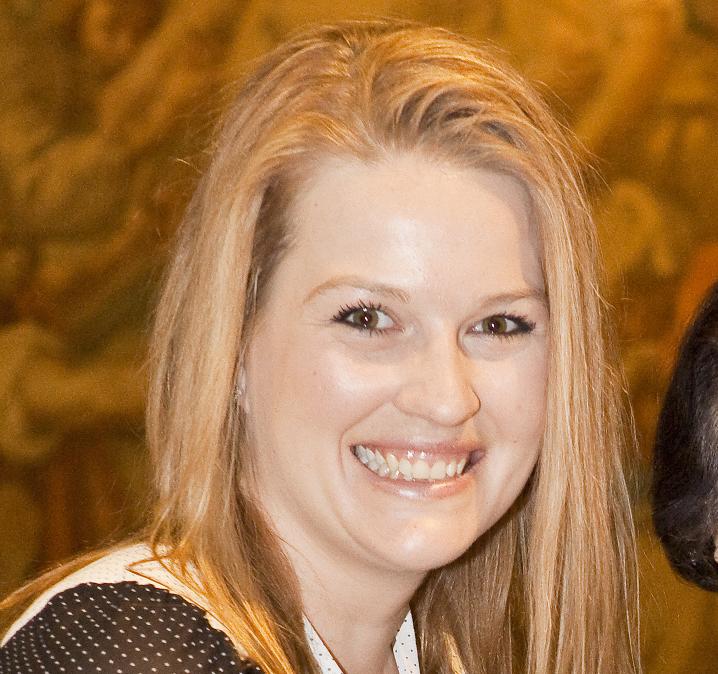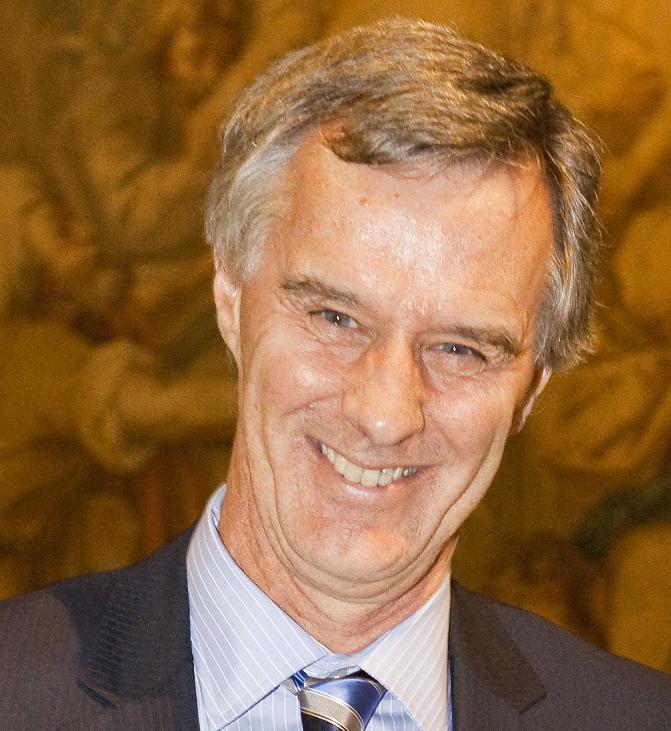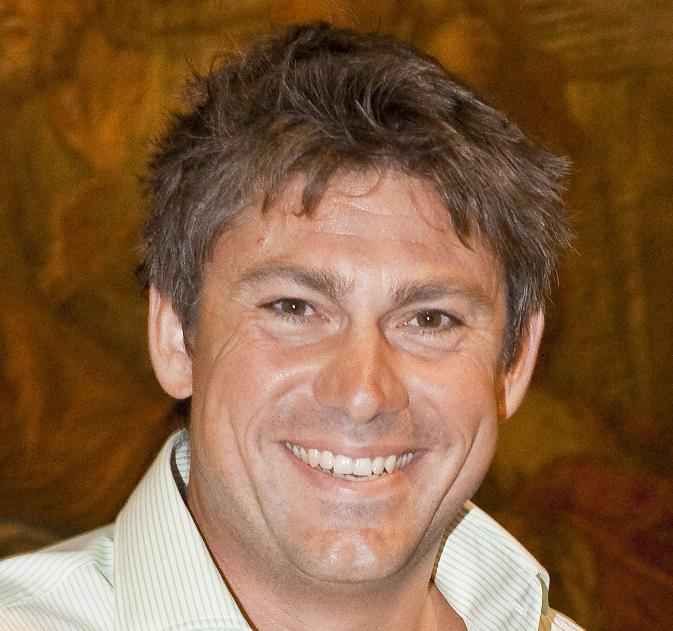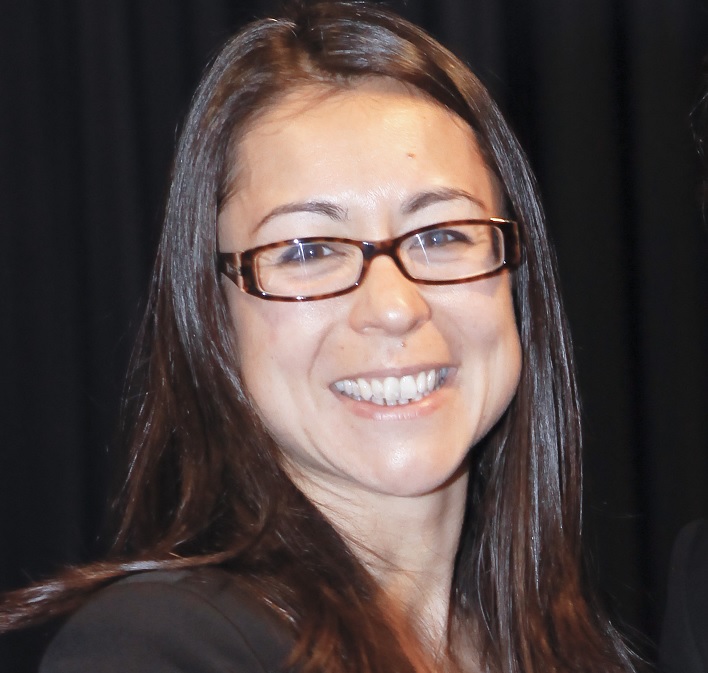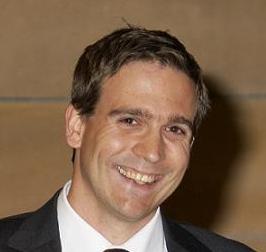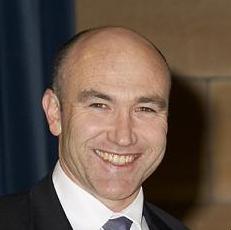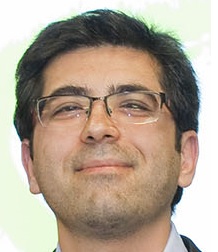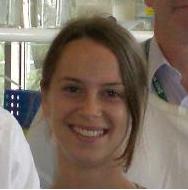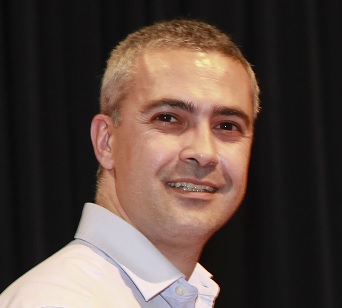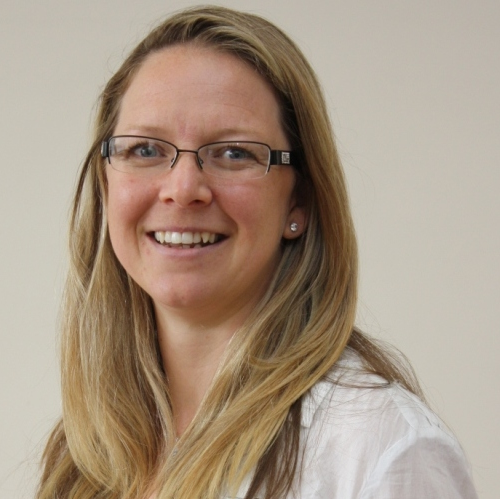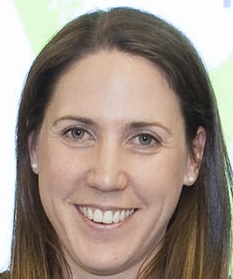
Search
09 Sep Neurodegenerative Diseases
PROJECT SUMMARY: Frontotemporal dementia (FTD) is a devastating disease affecting primarily the frontal and temporal part of the brain. It is the second most common form of dementia in people...11 Feb Stroke Award
...Hospital, Brain and Mental Health Priority Research Centre, University of Newcastle (A/Prof Greg Carter). The 2008 Brain Foundation Grant will be invaluable in supporting the costs of running this study....11 Dec Creutzfeldt-Jakob Disease
Description Creutzfeldt-Jakob Disease (CJD) is a rare neurodegenerative brain disease in humans. CJD is the most common human form of a group of diseases that affects humans and animals known...11 Dec Dementia (Non-Alzheimer type)
...body disease, in which degenerating cells are found in certain areas of the brain. As well as memory loss and confusion, sufferers may also have visual or auditory hallucinations and...21 May Membership
Become a Member of the Brain Foundation We encourage everyone to become members of the Brain Foundation. Please support us to do more for clinical neuroscientific research. Annual membership is...11 Dec Muscular Dystrophy
...in the brain and in the heart muscle. In Becker-type muscular dystrophy symptoms are similar to those of DMD but are milder and tend to begin later. The muscle weakness...19 Jan Supranuclear Palsy Award
...method to measure brain dysfunction. With our collaborators in Rome, we conducted a pilot study which showed abnormalities in PSP could be measured using TMS. Importantly we made discoveries that...19 Jan Stroke Award
...the growing evidence for conventional post-stroke therapies, it is likely that Wii-based Movement Therapy similarly promotes recovery through brain ‘reorganisation’. In this study we will quantify brain reorganisation and identify...20 Jan Cerebral Diseases
...around the area of damage in the brain. These nerve cells take on functions of cells that were lost during the stroke. There is growing interest in producing treatments that...20 Jan Cerebral Diseases
...developments in brain stimulation paired with neuroimaging technology, to address the neural underpinnings of improved language functions in post-stroke aphasia induced by tDCS. This will be accomplished in a placebo...20 Jan Neurodegenerative Diseases
...how to treat Alzheimer’s disease is that the brain of animal models is a particularly poor substitute for the complexity of the human brain. Recently, with the advent of stem...25 Jan Motor Neurone Disease Award
...changes are most likely to occur in MND. Second, the underlying brain changes associated with the behavioural disturbances are identified via brain imaging techniques to help clinicians identifying patients that...25 Jan Epilepsy Award
...bridged because there is a pressing need for better, non-invasive ways of locating the source of the seizure in the brain of the sufferer. Our pilot study will examine the...11 Feb Neuro-trauma Award
Neuro-trauma Award funded by Robert W Harvey, Allen & Patricia Ellen Coulson Estate Neck artery trauma and microclots to the brain. Associate Professor Richard Gerraty Alfred Hospital, Monash University Co-Investigators:...08 Dec PAEDIATRIC NEUROLOGY
Watch Dr Iman Azimi accept his research grant and hear a bit about the project. PROJECT SUMMARY: Medulloblastoma (MB) is the most common fatal childhood brain cancer. Despite significant advances...11 Feb Neurodegenerative Diseases Award
Project Summary: Prion diseases are a group of degenerative brain diseases affecting both humans and animals. The disease can be hereditary, with human examples including Gerstmann-Sträussler-Scheinker syndrome, fatal familial insomnia,...19 Oct Cerebral Diseases Award
PROJECT SUMMARY: Subarachnoid haemorrhage from a ruptured brain aneurysm is a major cause of mortality and morbidity. Cerebral vasospasm often complicates subarachnoid haemorrhage and can lead to stroke or death....19 Oct Paediatric Neurology Award
...of iodine during brain development. Since the 1960s widespread supplementation has almost eliminated cretinism, which previously affected millions of people in iodine poor regions worldwide, and the problem is regarded...31 Oct Alzheimer’s and Other Neuro Degenerative Diseases
...specific brain regions including the hippocampus and cholinergic neurons of the basal forebrain (cBF neurons). The current standard treatments for AD are drugs that aim to promote the function of...31 Oct Alzheimer’s and Other Neuro Degenerative Diseases
...vascular dementia may be increased in patients with OSA. However, a direct link between these two conditions has not been established. Beta-amyloid deposits (plaques) are found in the brains of...08 Dec NEURO-TRAUMA
...comprehensively characterise how the brain reacts, through inflammatory processes, following a traumatic SCI. In particular, we will investigate whether there is a graded response by the brain dependent on how...26 Oct Epilepsy
...as prescribed. Similar findings have been reported internationally. With the generous support of Brain Foundation, our research team will conduct interviews and focus groups with key stakeholders (people living with...
 The Brain Foundation is the largest, independent funder of brain and spinal injury research in Australia. We believe research is the pathway to recovery.
The Brain Foundation is the largest, independent funder of brain and spinal injury research in Australia. We believe research is the pathway to recovery.PLEASE HELP US BY DONATING TO OUR RESEARCH PROGRAM.

